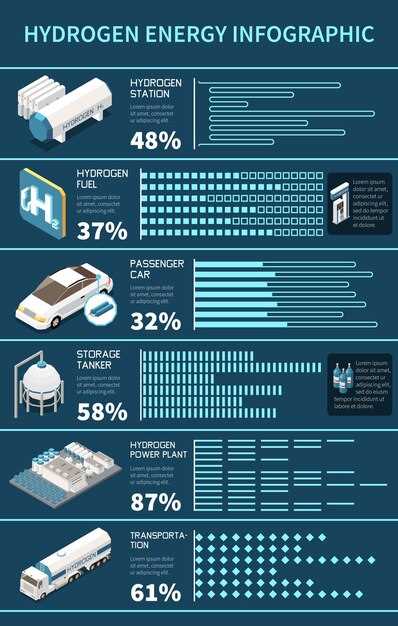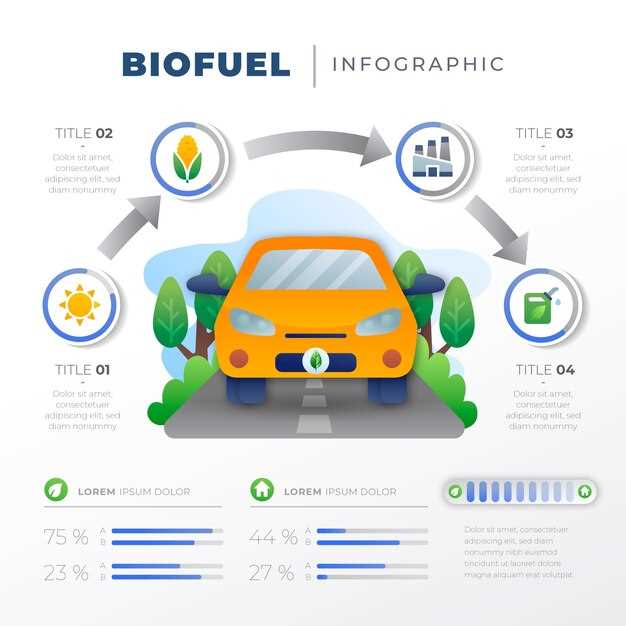
The urgency to address climate change has placed the carbon footprint of vehicles at the forefront of environmental discussions. As the world shifts towards sustainability, understanding the carbon emissions associated with different vehicle types is crucial. This analysis focuses on two predominant categories: electric vehicles (EVs) and internal combustion engine (ICE) cars.
Electric vehicles are often hailed as a cleaner alternative to traditional gasoline-powered vehicles, but their carbon impact is not as straightforward as it seems. While EVs produce zero tailpipe emissions, the carbon footprint associated with their manufacturing processes and the electricity used to charge them must also be considered. Conversely, ICE cars have a well-documented environmental cost primarily stemming from the combustion of fossil fuels, contributing to significant greenhouse gas emissions throughout their lifecycle.
This comparison aims to dissect the various factors influencing the carbon footprint of each vehicle type, enabling consumers and policymakers to make informed choices. By examining aspects such as production emissions, operational efficiency, and end-of-life disposal, we can uncover the true environmental impact of EVs versus ICE cars. Understanding these nuances is essential for a sustainable future and for making responsible decisions in vehicle ownership and policy formulation.
Evaluating Lifecycle Emissions: EVs vs. ICE Cars

The analysis of lifecycle emissions is crucial for understanding the environmental impact of different vehicle types, particularly electric vehicles (EVs) and internal combustion engine (ICE) cars. Lifecycle emissions encompass all greenhouse gas emissions associated with a vehicle’s production, operation, and disposal phases.
During the production phase, EVs typically generate higher emissions compared to ICE cars due to the energy-intensive processes involved in manufacturing batteries. However, the type and source of energy used during production significantly influence these figures. Renewable energy sources can help mitigate these initial emissions for EVs.
When evaluating operational emissions, EVs showcase a significant advantage. They produce zero tailpipe emissions, while ICE vehicles continually emit carbon dioxide and other pollutants throughout their lifespan. The overall emissions from EVs depend on the electricity generation mix in a given region; areas relying on fossil fuels may see EVs emitting more during operation than in regions with cleaner energy grids.
End-of-life emissions also play a role in the lifecycle assessment of vehicles. While both EVs and ICE cars face challenges in recycling and waste management, battery recycling technologies are rapidly evolving, aiming to reduce the ecological footprint associated with EVs once they reach the end of their useful life.
In summary, while EVs may have higher upfront emissions during production, their operational phase provides substantial advantages in terms of reduced emissions. A comprehensive lifecycle analysis reveals that the overall emissions of EVs are generally lower than those of ICE cars, especially when factoring in advancements in battery technology and cleaner energy sources.
Impact of Driving Patterns on Carbon Footprint of Vehicle Types

Driving patterns significantly influence the carbon footprint of various vehicle types, including electric vehicles (EVs) and internal combustion engine (ICE) cars. The way a vehicle is used–such as acceleration rates, idling time, and commute lengths–directly affects its overall emissions. For instance, aggressive driving behaviors, such as rapid acceleration and heavy braking, can increase fuel consumption in ICE vehicles, leading to higher carbon emissions. Conversely, EVs are generally less impacted by driving styles due to their efficient energy use, making them more resilient to variations in driving behavior.
Daily commute distances also play a crucial role in determining a vehicle’s carbon output. Long-distance driving tends to elevate the overall emissions of ICE cars, particularly if these journeys involve stop-and-go traffic, which can decrease fuel efficiency. Electric vehicles, while less polluting on a per-mile basis, still contribute to carbon emissions during their production and when charged with electricity from fossil fuel sources, particularly if long commutes result in higher energy demands.
Additionally, temperature can affect the performance and efficiency of both vehicle types. Cold weather can reduce battery performance in EVs, leading to increased energy consumption and potentially higher carbon emissions. In contrast, ICE vehicles may experience decreased fuel efficiency in colder temperatures, further amplifying their carbon footprint in specific driving contexts.
Ultimately, understanding the impact of driving patterns on the carbon footprint of vehicle types is essential for consumers and policymakers alike. By promoting efficient driving habits and considering specific usage scenarios, the overall environmental impact can be effectively mitigated, paving the way for more sustainable transportation options.
Future Trends: Emission Reductions in EVs and ICE Vehicles
As the automotive industry evolves, significant progress is anticipated in reducing emissions in both electric vehicles (EVs) and internal combustion engine (ICE) cars. Future trends indicate a shift towards cleaner technologies and sustainable practices aimed at lowering overall vehicle emissions.
In the realm of EVs, advancements in battery technology are pivotal. The development of solid-state batteries promises enhanced energy density, faster charging times, and increased longevity. These improvements will not only make EVs more accessible and convenient but also contribute to lower lifecycle emissions by minimizing the carbon footprint associated with battery production and disposal.
Additionally, the expansion of renewable energy sources for electricity generation is crucial. The more renewables such as solar and wind power are integrated into the grid, the lower the emissions associated with charging EVs. This transition will significantly enhance the environmental benefits of EVs, making them a cleaner alternative to traditional ICE vehicles.
For ICE cars, manufacturers are increasingly focusing on efficiency improvements and alternative fuels. Innovations in turbocharging and hybrid technologies aim to optimize fuel consumption and reduce harmful emissions. Furthermore, the exploration of biofuels and synthetic fuels presents promising avenues to lower the emissions of existing ICE vehicles, allowing them to operate in a more environmentally friendly manner.
Regulations and consumer preferences are also evolving. Stricter emissions standards and incentives for sustainable vehicle types are likely to drive manufacturers toward developing cleaner options. As awareness surrounding climate change increases, the demand for low-emission vehicles will continue to shape the market landscape.
In summary, the future of vehicle emissions is moving towards a dual approach: enhancing the sustainability of EVs through technological advancements and improving the efficiency and fuel options of ICE vehicles. Both types will play a crucial role in achieving global emission reduction targets, paving the way for a cleaner and more sustainable automotive future.


